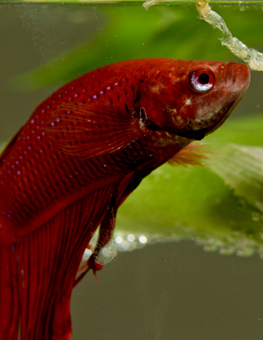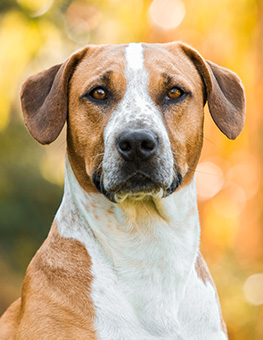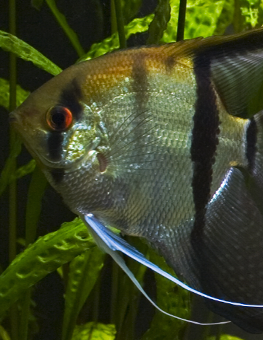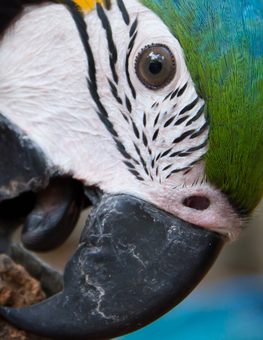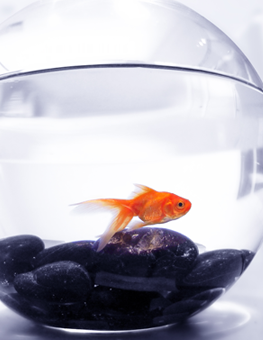Fish Owners Vacation Tips
When you go on vacation, getting a sitter for your fish is not your only option.
What to do about taking care of your fish when you go on vacation? You have a number of options. Follow these basic pre-vacation guidelines and you can leave knowing your fish’s needs are addressed.
Water quality and aquarium setup
Your first consideration should be the condition of your tank.
Two days before you leave:
- Partially change the water (25 to 50%) and test the temperature, pH, nitrite, nitrate, hardness and alkalinity of the water in the aquarium. Adjust any levels if necessary.
- Clean the filter and add new activated carbon. Feed your fish at least once for the next two days.
The day before you leave:
- Re-check the temperature and other water-quality parameters. Be sure that all pumps, filters and heaters are working correctly.
- Top off your aquarium with water.
- Connect your light to an automatic timer so that your fish can get at least 8 hours of light.
- Make sure all of your fish are healthy. Never add new fish right before a vacation.
When it comes to feeding your fish while you're away, you have some options, explained below.
Feeding with a fish sitter
If you decide to ask a friend or neighbor to feed your fish, instruct them with the following:
- Do not overfeed the fish. If fish are given too much food, to the result could be a cloudy tank and/or a few dead fish.
- Many fish can survive without eating for several days without any long term effects on their health. If the tank contains aggressive fish that are likely to consume other fish in the tank, however, then regular feeding is important.
- Measure out small food portions in small plastic bags to prevent overfeeding.
- Store the food in the refrigerator and only feed the fish once every 2-3 days.
Using feeding blocks
Feeding blocks are designed for feeding a community tank and come in various shapes and sizes. Keep the following in mind if you use feeding blocks while vacationing:
- There are two types of feeders—a weekend feeder which lasts for approximately 3 to 4 days or a vacation feeder which lasts a longer 10 to 14 days.
- These feeders slowly release pellets or other foods for continuous feeding for all different types of fish.
- Specific water temperature, pH levels and placement are important for optimal performance.
- The number of feeders required depends on the volume of your aquarium –use too many and the water will become fouled, creating a stressful situation for your fish.
Returning home
When you are back from your vacation, check for the following:
- Re-test the tank water.
- Remove any bits of the feeder and uneaten food particles left behind.
- Change the water by 50% to refresh the tank.
- The second day after you return, resume your normal feeding routine.
If you make sure that your tank is in good condition, you can leave your fish on their own safely for a day or two. For longer trips, use a fish sitter or feeding blocks for feeding. Following these guidelines, on returning home, you should find a healthy, clean aquarium.




